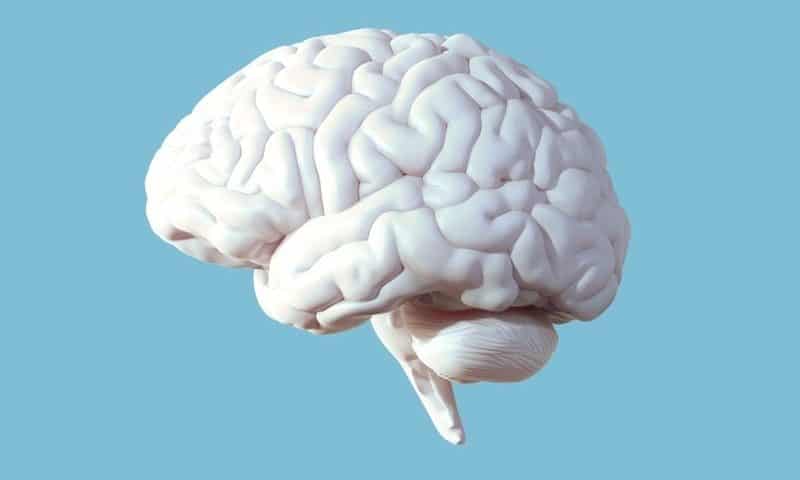In Alzheimer’s disease, an overactive immune system kills off neuronal cells, leading to dementia. Now, scientists at Massachusetts General Hospital have pinpointed a protein involved in immune signaling they believe plays a key role in the progression of the disease.
The protein, interleukin-3 (IL-3), acts as mediator between two types of brain cells, microglia and astrocytes. Targeting IL-3 modifies inflammation, the team showed in human cells and mice. The findings, published in Nature, support using IL-3 or targeting its signaling to prevent or treat Alzheimer’s disease, the researchers said.
Astrocytes are star-shaped cells in the central nervous system that provide critical support for connections between neurons. Microglia are known for their ability to clear garbage from the brain.
Normally, these cells help maintain the health and function of the central nervous system. But in the case of Alzheimer’s, toxic clumps of amyloid beta and tau proteins activate the cells to cause inflammation, which triggers neuronal cell death, Filip Swirski, Ph.D., the study’s co-senior author, explained in a statement.
Previous studies have linked IL-3 to neurodegeneration, but its exact role isn’t clear. For their study, the Massachusetts General Hospital (MGH) researchers removed IL-3 in a mouse model of Alzheimer’s disease. Those mice developed larger amyloid beta plaques and performed worse on short-term and spatial learning memory than did mice with intact IL-3. This finding raised the possibility that IL-3 might be protective in Alzheimer’s, the team figured.
The researchers discovered that in Alzheimer’s, the IL-3 proteins are produced from a subset of astrocytes that microglia respond to by dialing up the expression of the protein’s receptor. They did not observe that phenomenon in normal mice.
In brain tissue from deceased Alzheimer’s patients, microglia appeared to have been activated, and the scientists noted higher expression of the IL-3 receptor than what they observed in age-matched control donors without dementia.
To directly test the contribution of IL-3 to the neurodegenerative disease, the scientists injected IL-3 into the brains of Alzheimer’s mouse models. Soon after the treatment, microglia clustered around beta-amyloid to facilitate clearing of the protein aggregates, they reported. Continuous treatment over four weeks reduced beta-amyloid load and improved the memory of the animals, they said.
The role of microglia in removing damaged neurons and toxic protein plaques has made it a popular target in Alzheimer’s research. A Stanford University team in 2019 identified CD22 as a negative controller of microglia’s ability to engulf cell garbage. Scientists at the Monash University and Duke-NUS Medical School recently found that expression of the Hif1a gene is a critical player in microglia’s switch to an actively garbage-clearing state.
The MGH team suggested that understanding how astrocytes communicate with microglia through IL-3 points to a potential new way of controlling Alzheimer’s.
“We can now think about how to use IL-3 to not only help curb the neuroinflammation that carries out the bulk of neuronal cell death in Alzheimer’s disease, but also to entice microglia to once again take on the beneficial task of clearing away the deposits and tangles that are the initiating pathology of Alzheimer’s disease,” Swirski said.

